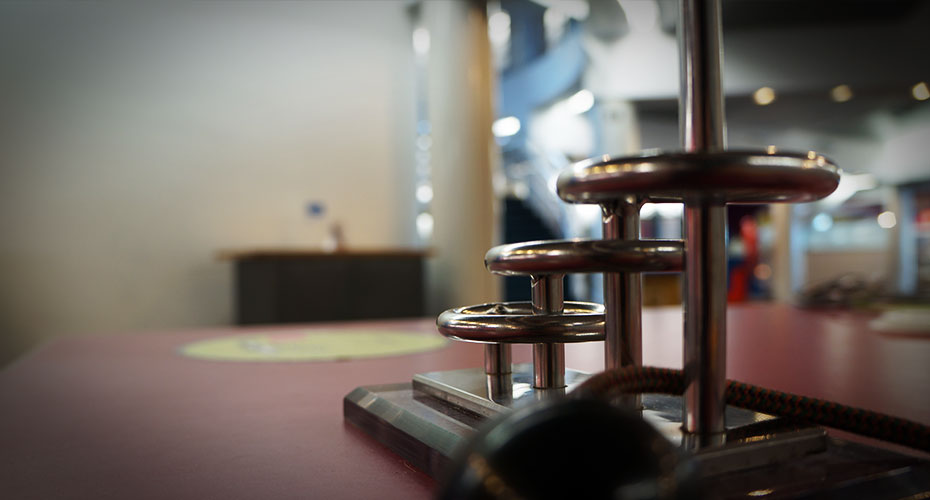In this demonstration, students learn about the importance of context in our brain's ability to interpret information.
In this illusion, one circle seems small compared to its large neighbours and the other seems large compared to its small neighbours. This happens because we hardly ever look at objects by themselves: our brains automatically seek to compare them to surrounding objects in order to determine their size. When a coin is placed in the middle of each circle, the brain is able to directly compare their sizes, dissolving the illusion.
This illusion can be used to the benefit of people who want to reduce their portion size when eating. Eating on a small dinner plate gives the illusion that we are eating more food than if it is served on a large dinner plate.

